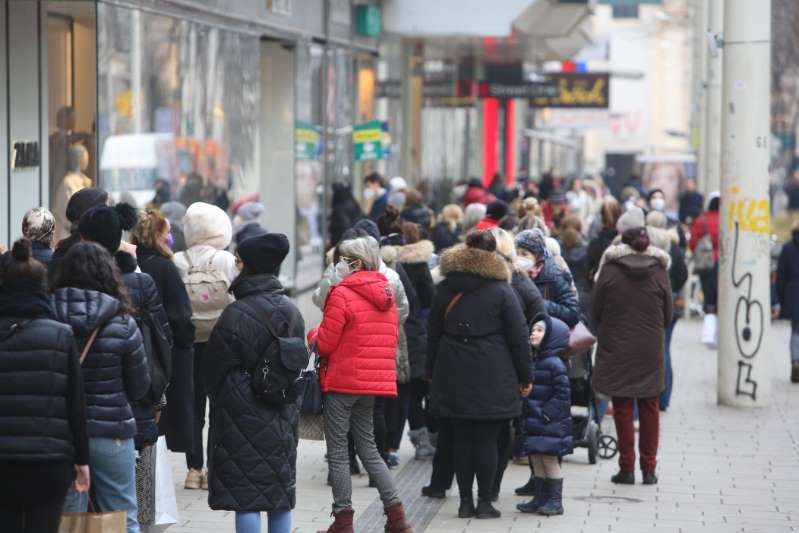“Warehouse instead of department store” is the motto in times of online trading. Away from the big shopping streets, the consequences are enormous

A fashion retailer is rented in every second retail store in the city.
Which also outlines the problem.
Since large festivals and events were canceled due to pandemics, evening gowns have been slow-moving. Textile retailers report that the number of suits sold has halved since the home office found its way into most companies. The turnover of textile dealers has slumped by an average of 25 percent, the list of insolvent fashion brands ranges from Dressmann to Pimkie to Stefanel and is getting longer and longer.
With the imbalance of the fashion industry, the erosion of the city centers continues, warns Rainer Will, managing director of the trade association. 10,000 businesses have already been lost in the past ten years, and currently another 10,000 would be threatened. Not only because of the corona, of course, also because consumer behavior is changing – keyword online shopping.
The consulting company, Standort + Markt, analyzes the development of the shopping streets every year. The current study confirms that fewer and fewer textile retailers are settling in the cities. “Only twelve percent of the new shops are fashion stores,” says Roman Schwarzenecker from S + M.
In general, retail space is on a shrinking course. Across Austria there are therefore only ten cities in which the sales areas are still being expanded.
889 empty stores
But Corona has so far left little traces. “Despite all prophecies of doom, the vacancy rate remains unchanged at 5.9 percent,” says S + M managing director Hannes Lindner. The fluctuation rate – on average, the tenants in business premises change every 7.5 years – is also unchanged. “But there are many zombie companies,” he warns of an impending bankruptcy wave. Retailers would also withdraw from city centers. “Warehouse instead of department store” is the motto, says Lindner, referring to the web trade.
From the consultant's point of view, in many cities it would be high time to consider how visitors can be attracted, even though there are fewer and fewer shops. One way could be more catering establishments. But that alone will not be enough in many places. Retail space will probably also be converted into offices or ordinations. There is room for development: S + M has calculated that 100,000 square meters of retail space are currently empty in Austria's cities. That corresponds to the size of 889 average shops.

